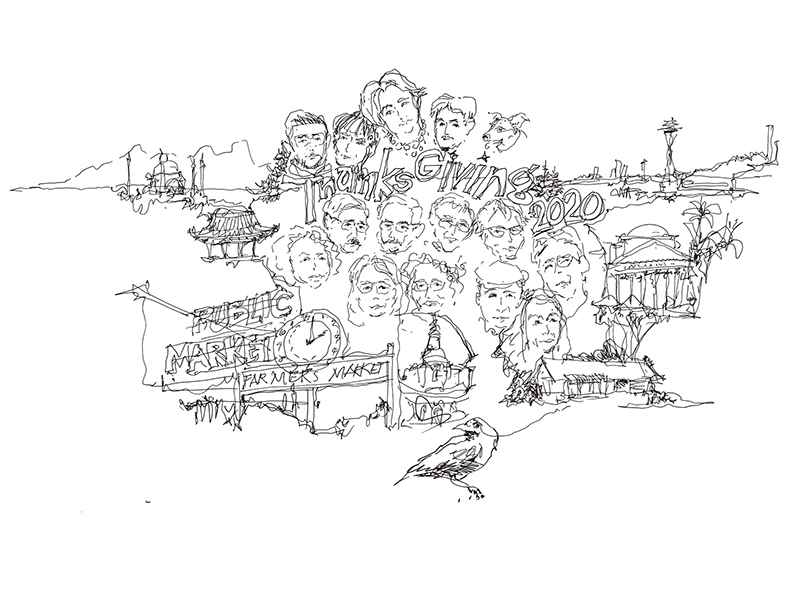
For partners and pets, family and friends, nature’s flora and fauna as well as the creative constructions that enrich our lives, and all who hold compassion and love in their hearts. And for all the memories.


For partners and pets, family and friends, nature’s flora and fauna as well as the creative constructions that enrich our lives, and all who hold compassion and love in their hearts. And for all the memories.
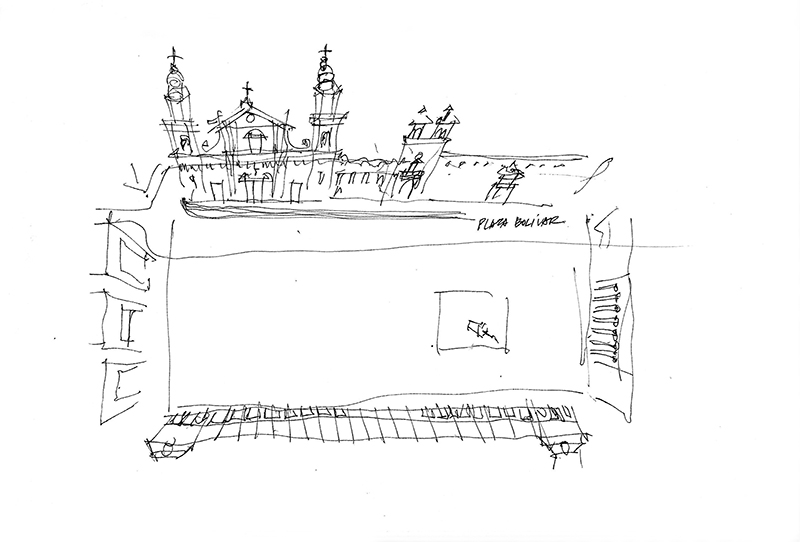
During a conference in Bogotá in 2012, we took a bus tour of the city, which made it difficult to stop for any length of time to draw. However, as we drove around the Plaza Bolívar, I managed to sketch this plan perspective of Plaza Bolívar urban space. If you look at a satellite photo of the plaza, you will see that I greatly exaggerated its length, which illustrates how one’s perception of horizontal dimensions are subject to severe distortion and are difficult to capture in a drawing.
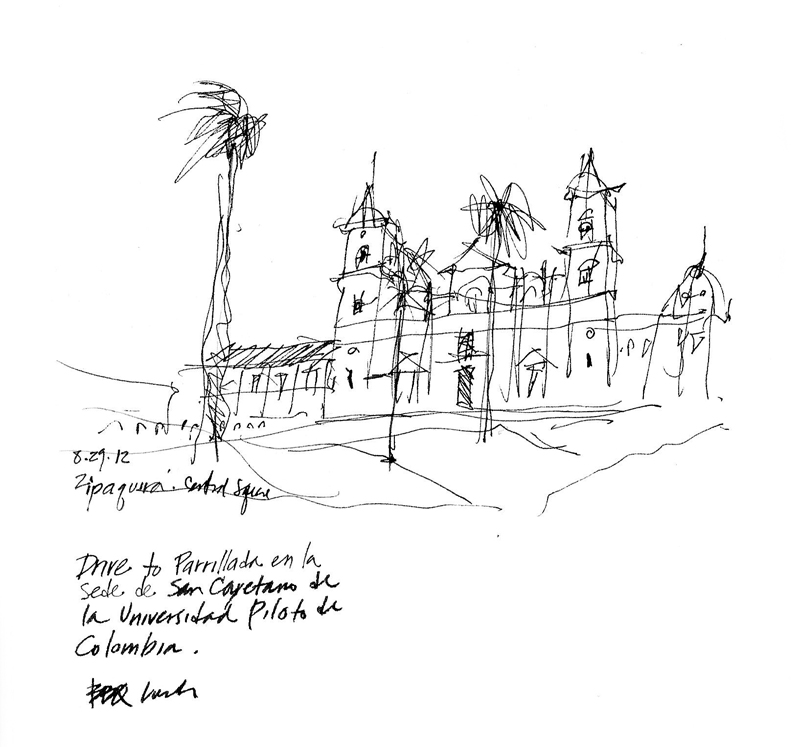
While the bus dropped us off on one corner of the square and drove around to pick us up at the opposite corner, I managed to also sketch this view of the cathedral, noting the way the slope of the square was integrated by mounding the brick pavement around the palm trees.
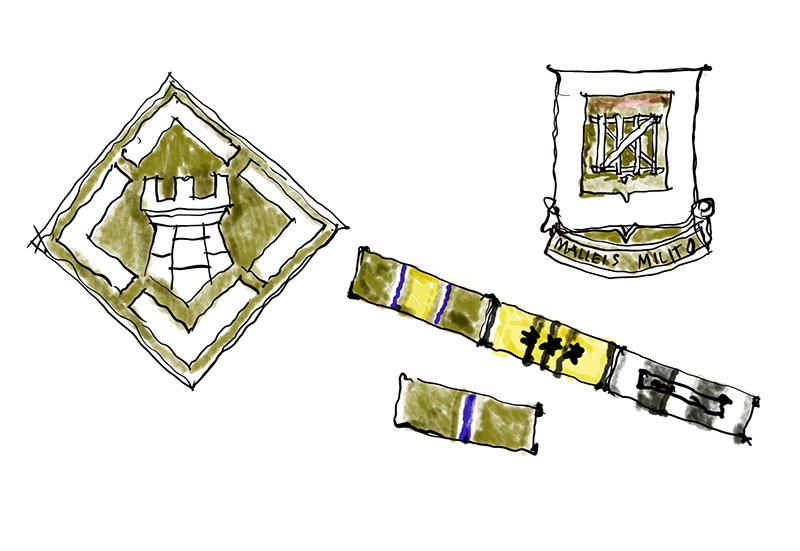
With deep respect for all who have served this country honorably.
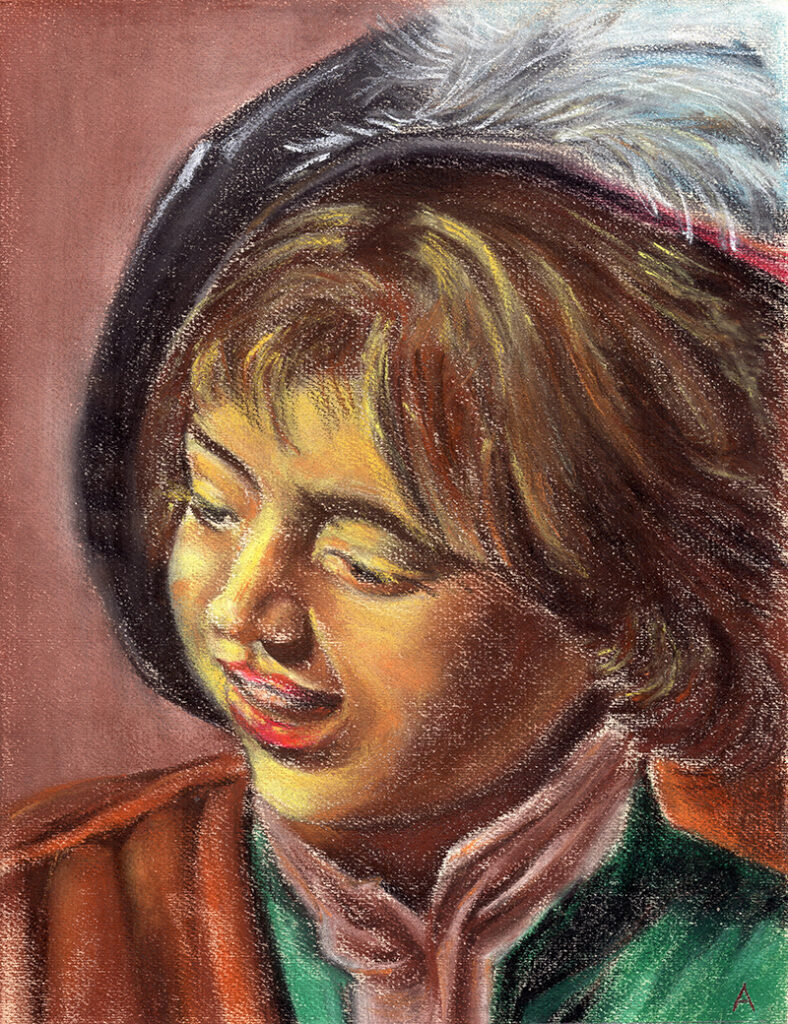
[A cropped copy of Frans Hals’ Singing Boy with Flute, 1623, Pastel, Architecture 35: Decorative Arts, University of Notre Dame, 1963]
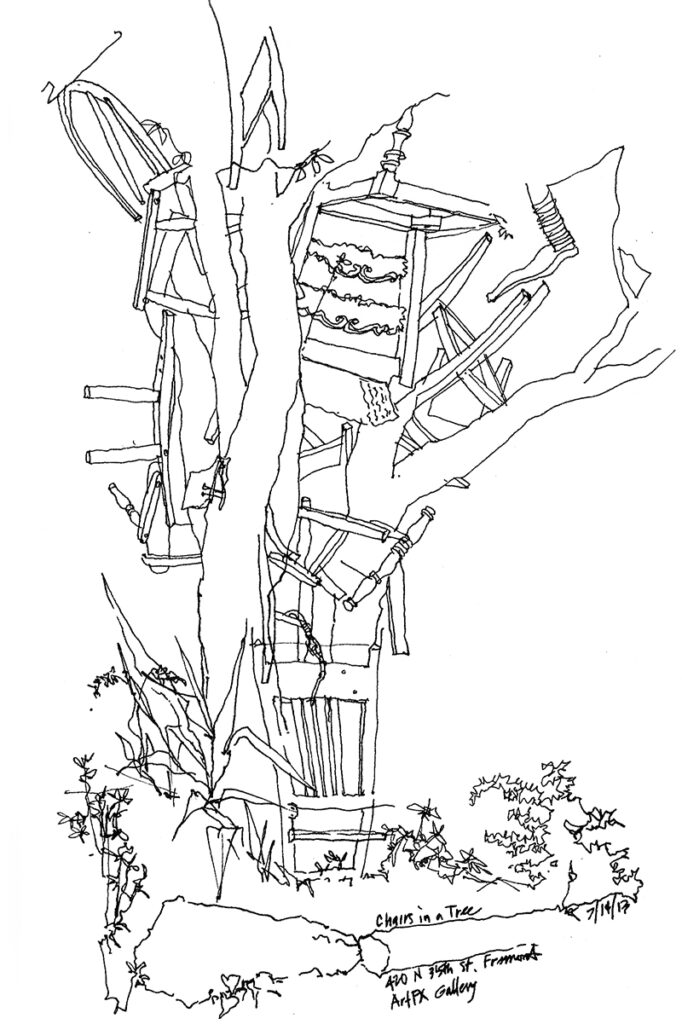
From 2013, a whimsical line drawing of a whimsical collection of chairs in a tree, located on North 35th Street, between Phinney and Evanston Avenue North. I walk past this tree daily but sadly, yesterday, I noticed that the tree had been cut down and removed. Another loss in the neighborhood
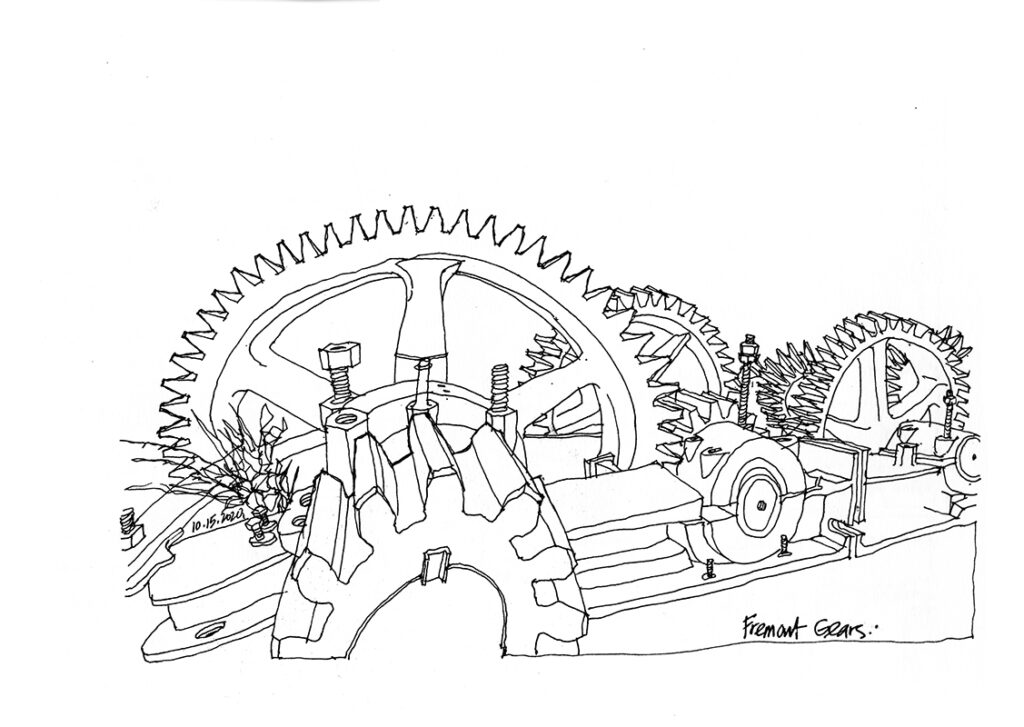
Opening in 1917, the Fremont Bridge crosses the Lake Washington Ship Canal and connects the Fremont and Queen Anne neighborhoods. In 2005, the bridge underwent a major overhaul to renovate its mechanical and electrical systems. Remnants of this renovation, such as these gears, are scattered around the Fremont neighborhood.
Unlike most of my urban sketches, this is a pure contour drawing, which involves working part to part, and requires careful observation and deliberate line work.
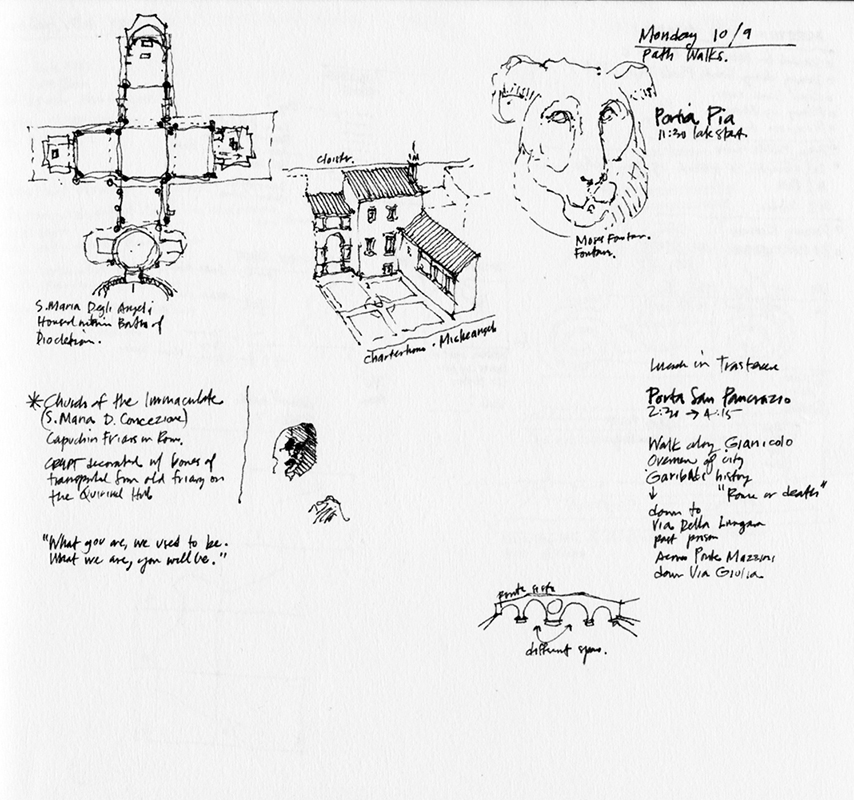
Drawing not only involves capturing what we see or imagine in graphic terms. Indeed, while drawing on location, from direct observation, we can also notice and take notes as well. Here are a few examples from my sketchbooks. These observations may entail written information, word diagrams, and visual notes.
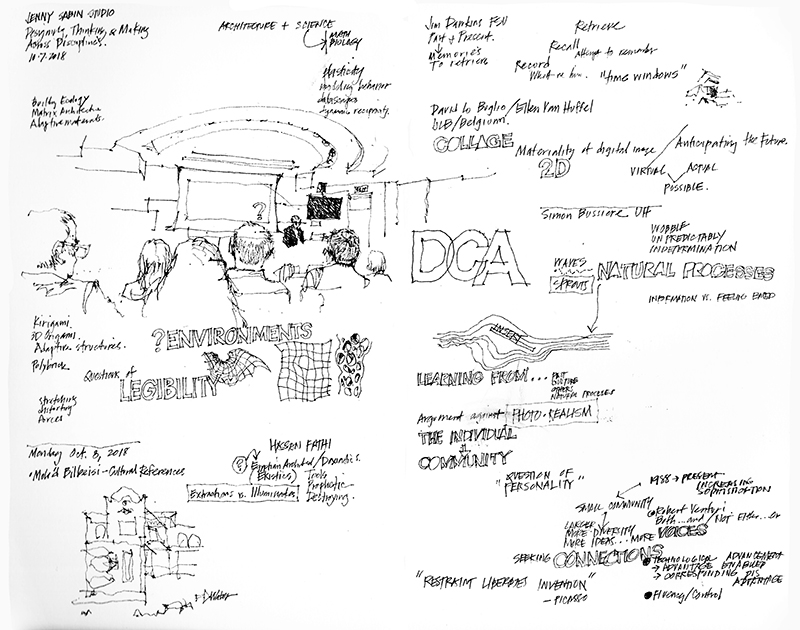
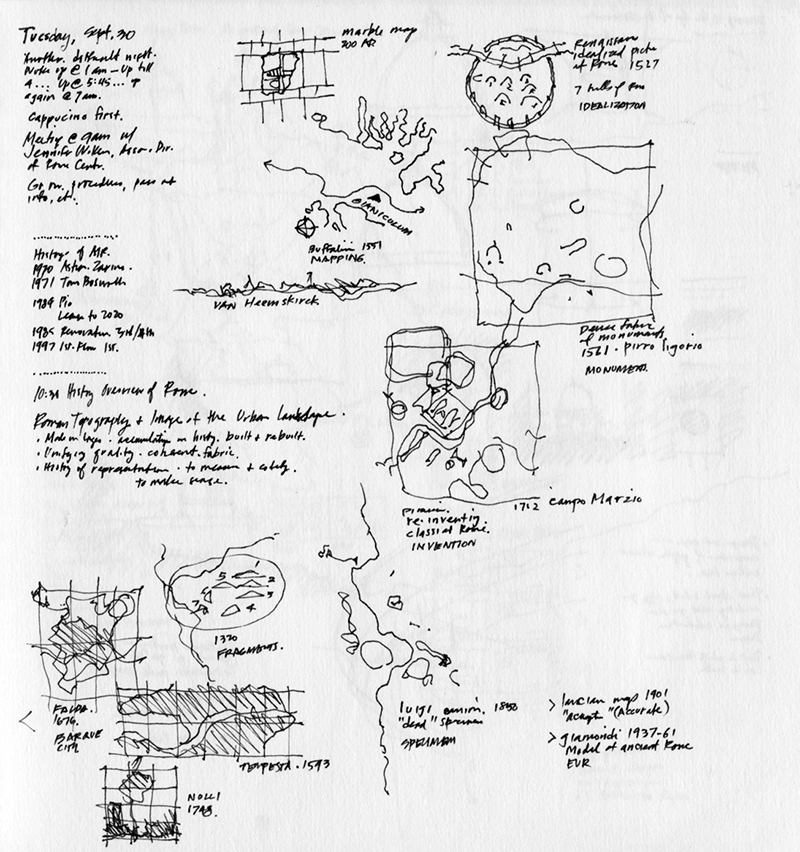
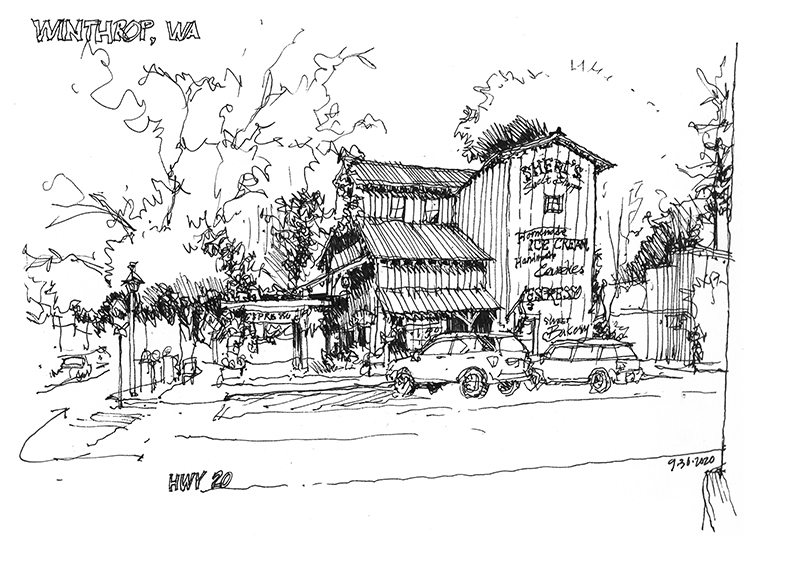
This view shows State Highway 20 approaching from the southwest and turning southeast through the middle of Winthrop, a small town at the confluence of the Methow and Chewuch rivers in the Methow Valley. While the town’s first postmaster, Guy Waring, is considered to be its founding father, the town is actually named after Theodore Winthrop, a 19th-century author who explored the Northwest in the 1850s.
What is striking about Winthrop’s main street is the Old West theme of the storefronts, the result of a westernization program that began in 1972 as Highway 20 through the North Cascades was nearing completion. Designed by architect Robert Jorgenson to promote tourism, the restoration was funded by local merchants along with a generous grant from lumber mill owners Kathryn and Otto Wagner.
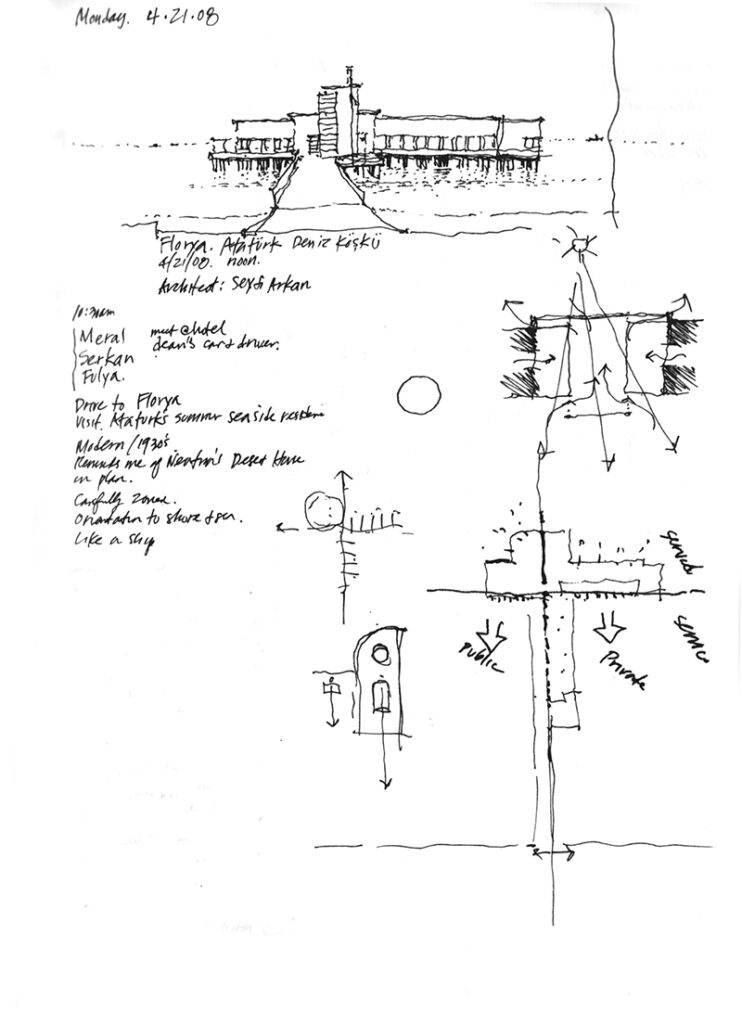
In 2008, Yapı-Endüstri Merkezi (YEM) gave me the opportunity to offer a drawing workshop for Turkish students in Istanbul. After the two-day event, Dr. Meral Erdoǧan and Dr. Fulya Ozsel Akipek of Yildiz Technical University invited me to tour the Florya Atatürk Marine Mansion, summer residence of Mustafa Kemal Atatürk, founding father of the Republic of Turkey. Located along the shore of the Sea of Marmara, the Bauhaus style structure was designed by architect Seyfi Arkan and built in 1935. These quick sketches reflect a study of the design’s zoning and orientation to both shore and sea.
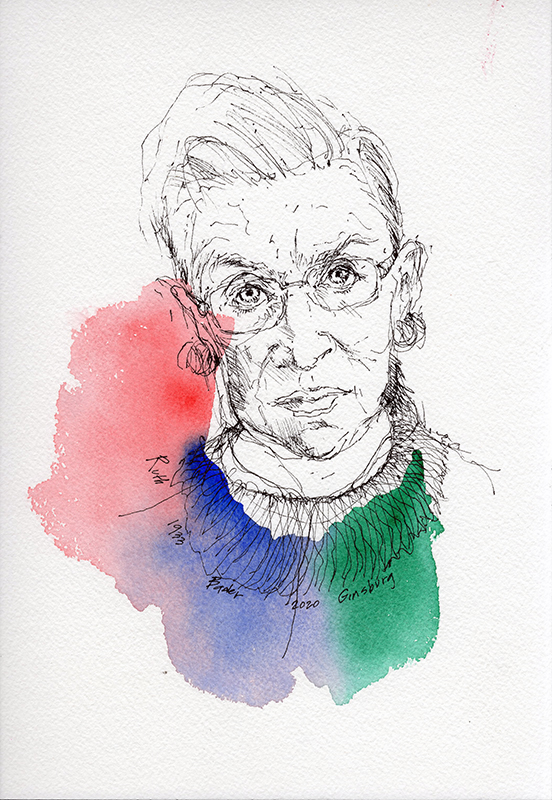
“At Cornell University, my professor of European literature, Vladimir Nabokov, changed the way I read and the way I write. Words could paint pictures, I learned from him. Choosing the right word, and the right word order, he illustrated, could make an enormous difference in conveying an image or an idea.”
—Ruth Bader Ginsburg, 1933–2020